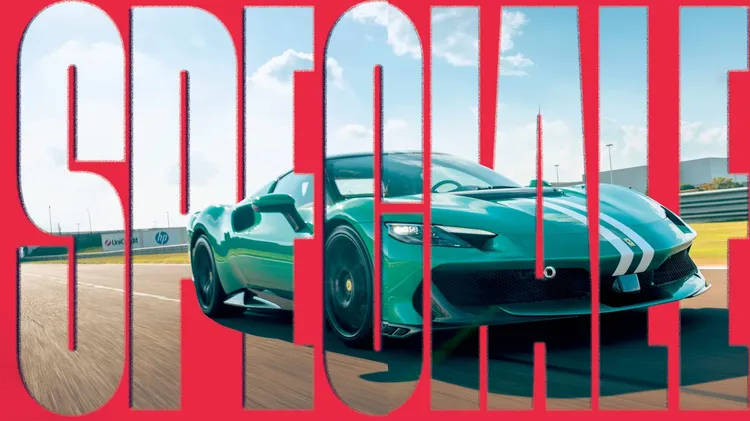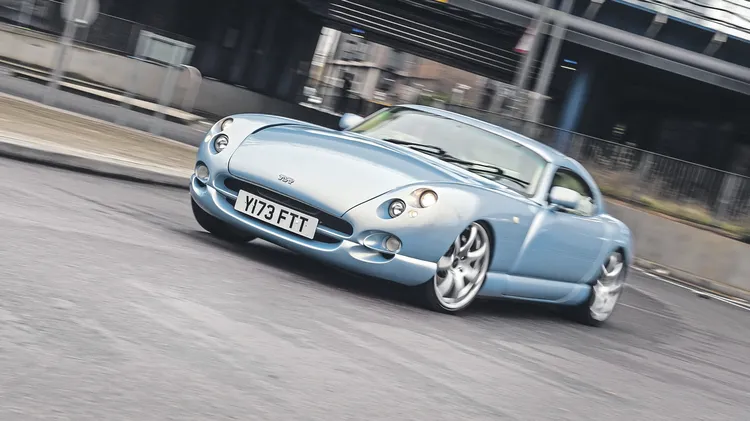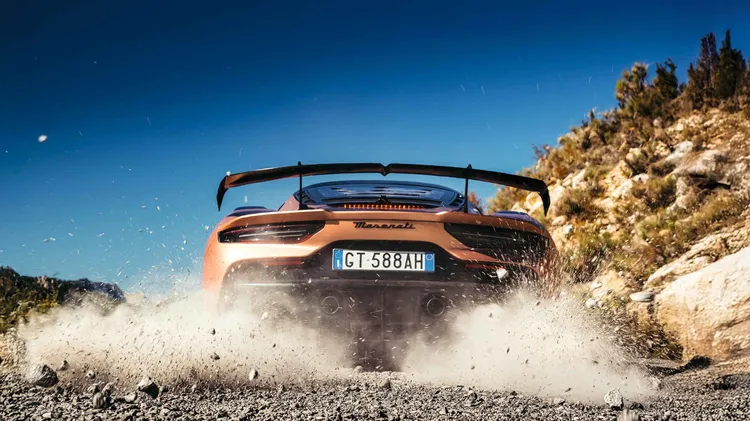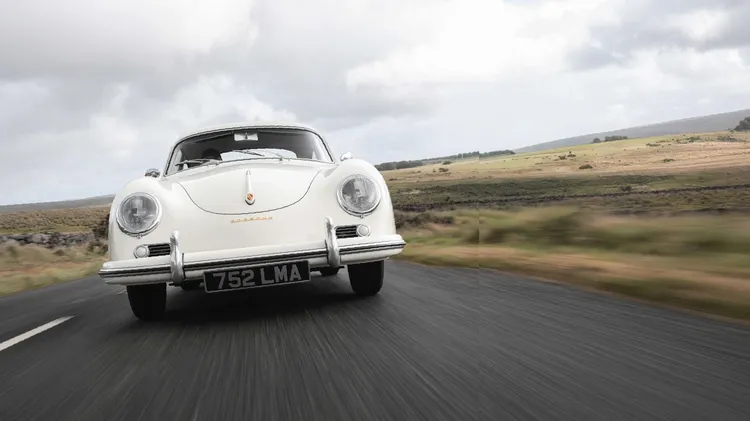…to run a Ferrari Testarossa in London every day, but it helps �
You don’t have to be nuts
8 min read
This article is from...
Read this article and 8000+ more magazines and newspapers on Readly






